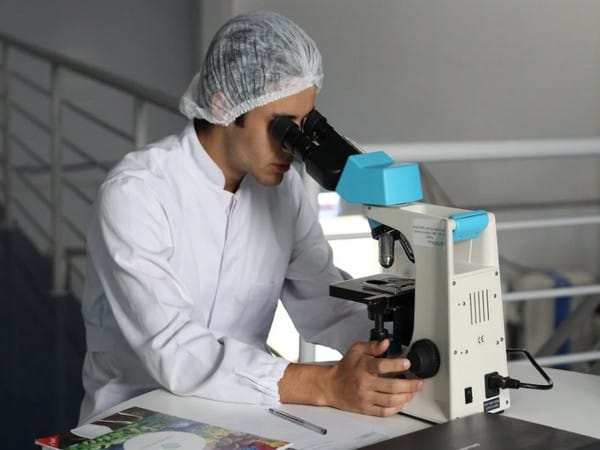Washington [US], November 3 (ANI): A Duke Health team has discovered a way to launch a molecular warhead that can eradicate the bacterium that causes Lyme disease, using a method that has demonstrated promise in targeting cancer tumours.
The strategy was tested in cell cultures with the Borrelia burgdoferi bacterium, and it may be used to target viruses and fungi in addition to bacteria. The results have been published in the Cell Chemical Biology journal.
“This transport mechanism gets internalized in the bacterium and brings in a molecule that causes what we’ve described as a berserker reaction – a programmed death response,” said lead author Timothy Haystead, Ph.D., professor in Duke’s Department of Pharmacology and Cancer Biology. “It wipes out the bacteria — sterilizes the culture with a single dose of light. And then when you look at what occurs with electron microscopy, you see the collapse of the chromosome.”
Haystead and colleagues used a molecular facilitator called high-temperature protein G (HtpG), which is involved in protecting cells that are undergoing heat stress. This family of proteins has been the focus of drug development programs for possible cancer therapies.
Studies of this protein as an antimicrobial have also been encouraging, but the Duke team’s work appears to be the first to tether an HtpG inhibitor to a drug that enhances sensitivity to light.
The researchers found that the HtpG inhibitor, armed with the photosensitive drug, was rapidly absorbed into the cells of the Lyme bacteria. When hit with light, the bacteria’s cells went into disarray and ultimately collapsed, killing them.
“Our findings point to a new, alternate antibiotic development strategy, whereby one can exploit a potentially vast number of previously unexplored druggable areas within bacteria to deliver cellular toxins,” Haystead said. (ANI)
This report is auto-generated from ANI news service. ThePrint holds no responsibility for its content.



